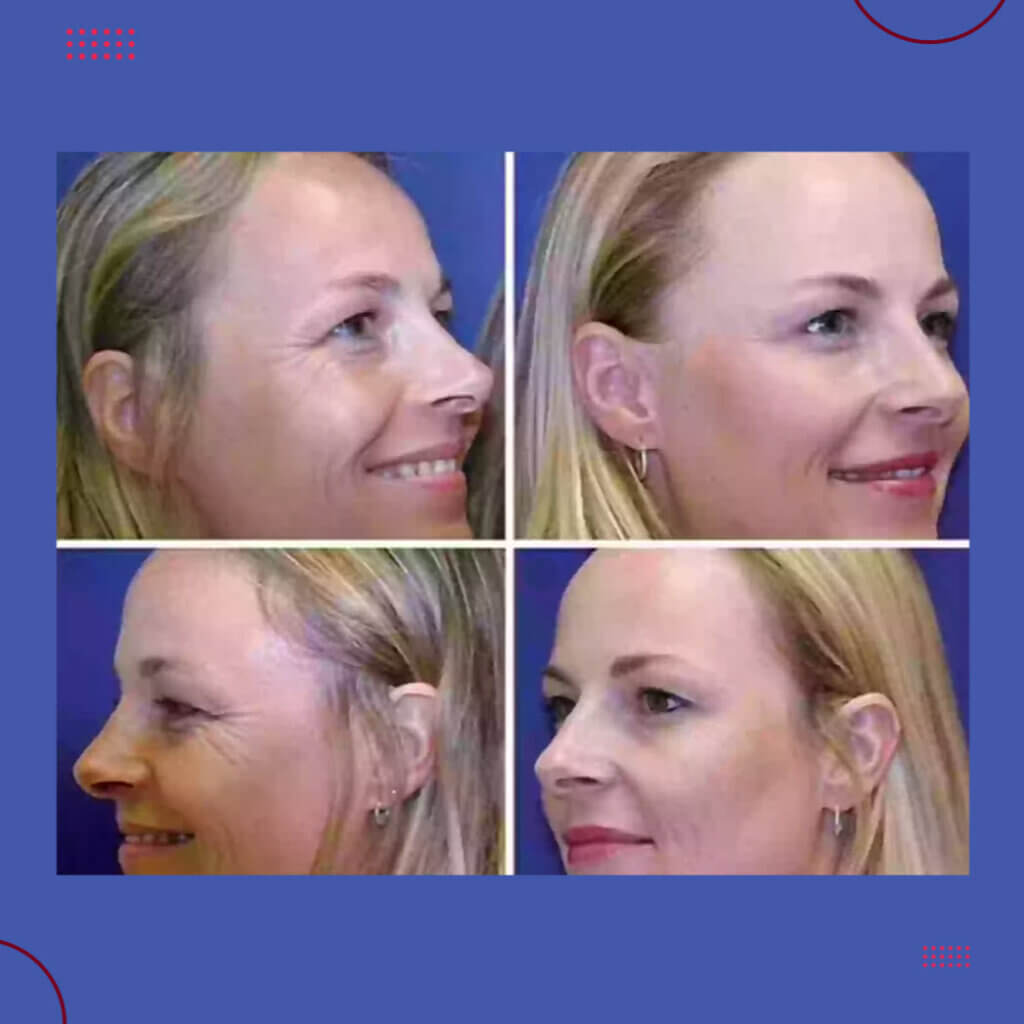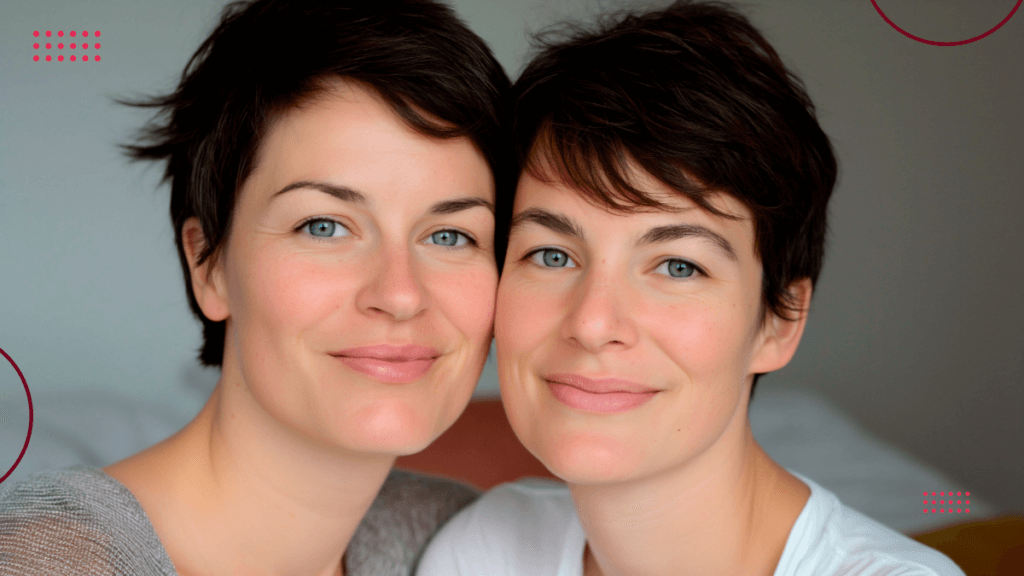If you look at the world of beauty, the quest to turn back the clock on ageing has always been a mainstay and the stuff of folklore. Botox has changed the game and although it does not reverse ageing, it does a pretty good job in halting it for 3-6 months. Or until the next top-up. But does it really make a difference long-term? Nobody had an answer to this question. But all that changed recently.
Enter an extraordinary 20-year study involving identical twins. One of them a devoted Botox user. The other au naturel. Their journey offering a rare glimpse into how this popular treatment shapes ageing in the long run.
Botox is short for botulinum toxin. A very popular prescription drug by Allergan, Inc., an AbbVie company. It is used cosmetically to relax facial muscles, smoothing wrinkles. Stars have sworn by it for a long time, and for the last 2 decades everyday users joined the fray, hoping to stall Father Time. But how effective is it over decades? This twin study, spearheaded by Beverly Hills plastic surgeon Dr. William Binder, provides compelling answers.
Beginning in 2006, the study tracked twins aged 38, now in their late 50s. The “Botox twin” began treatments at 25, receiving injections in her forehead and between the brows 2-3 times yearly, with occasional crow’s feet touch-ups. Her sister? She was nearly Botox-free, with only two treatments in the late ‘90s and early 2000s before quitting the procedure entirely.

Fast-forward to 2012: The differences were striking. The Botox-user boasted smoother skin, fewer forehead lines, and minimal crow’s feet. Her twin, however, developed deeper wrinkles, a subtly wider jaw, and a puffier complexion. Though researchers couldn’t confirm if Botox directly caused these disparities. Both twins used sunscreen religiously, avoided retinol, and led healthy lifestyles. Enough consistencies to rule out sun damage or skincare gaps.
Interestingly, the twins lived continents apart. The Botox advocate in sunny Los Angeles (higher UV index) and her sister in Munich (lower UV). Yet, despite LA’s stronger sun, the Botox twin’s skin appeared younger. This finding suggests that the treatment’s impact may outweigh some environmental factors.
The study posits that Botox doesn’t just freeze muscles. It allegedly rewires habits. “Patients may ‘learn’ to avoid frowning or squinting, reducing wrinkles long-term”, Dr. Binder explains. He also notes that easing chronic muscle tension might encourage “dermal remodelling”. This process is allowing skin to rebuild collagen and elastin more effectively.
While the Botox twin’s youthful glow speaks volumes, the study isn’t a blanket endorsement. Genetics, lifestyle, and individual habits still play roles. However, for those considering preventative treatments, this twin experiment suggests Botox could be a powerful ally in delaying the visible marks of ageing.
As beauty trends come and go, this two-decade twin trial offers rare, evidence-based insights. Whether you’re Team Botox or Team Natural, one truth remains. Ageing is a personal process. If you want to get into it, consult a trusted professional. Weigh the pros and cons and remember that confidence is the ultimate beauty hack.
What’s your take? Were you surprised? Could this study change your stance on Botox? Comment below.


